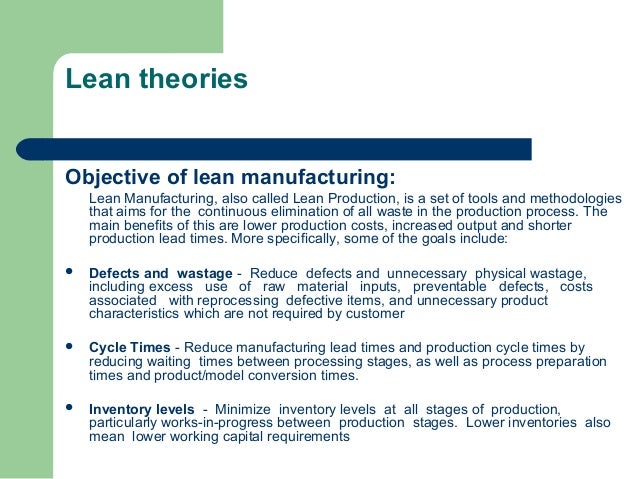

Be sure to correct it occasionally as your process evolves. When mapping your value stream for the first time, you should focus on value-adding steps to create a Lean process.

In the software development context, you would normally have steps like tech design, development, testing, and at least a couple of review stages. Usually, "In progress" consists of the greatest number of steps. For example, a "Requested" stage may have two steps – order received and ready to start. Developed as part of the Toyota production system, which laid the foundations of Lean management, the basic Kanban board is a vertical flat surface divided by columns for the three primary states of any assignment: Īlthough visualizing your workflow this way is a good start, you should consider mapping your process more precisely by including the steps that compose each stage. The Kanban board is a tool for mapping every step of your process and, therefore, visualizing your team's value stream. In Lean management, this is usually done with the help of Kanban boards. The second of the 5 principles of Lean is all about the stream of value. That's why, after you’ve identified the value that your team produces, it is important to visualize its path to the customer. It doesn’t generate direct value for the end customer, but it ensures the development process's value doesn’t get lost. Going back to the software development example, quality assurance is the brightest example of a necessary waste. Waste activities can be categorized as pure and necessary. The main difference between them is that some waste activities are necessary to support the value-adding ones while pure waste activities only bring harm to the Lean flow of work. For example, the value of a quality assurance team’s work is the number of bugs they catch and therefore ensure that the whole company will deliver a product of value to the end-user. In this case, the customer is your company. By definition, value is everything that your customer is paying you for. However, some teams are not producing a direct value for the company's customer but are enhancing the overall value that the organization delivers (e.g., QA teams). To understand what value is, consider the end product of your efforts and what your customer gets from it.

It is crucial for everybody to be on the same page about it, so this should be a collective activity. You need to distinguish the value-adding from waste activities. To lay the foundations of a Lean process, you need to first identify the team’s work value. What Are The 5 Lean Management Principles? 1. Lean has proven to be an effective model for managing teams in some of the most demanding industries, like software development, manufacturing, construction, and many others. A huge role in this has the fact that the methodology is simple to understand and quick to make an impact when implemented properly.


 0 kommentar(er)
0 kommentar(er)
